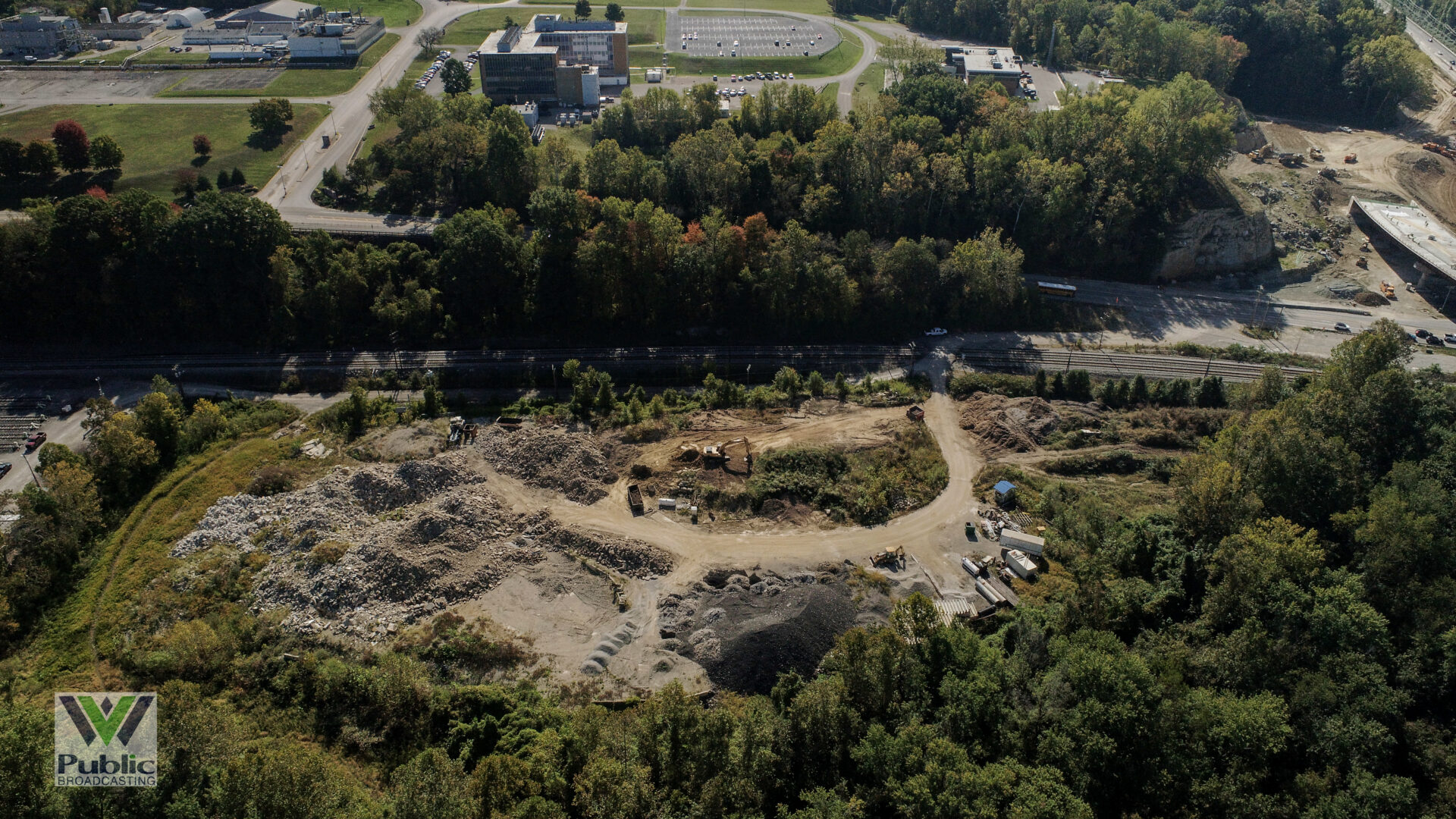This story has been updated to clarify the nature of the relationship between WVDEP and a licensed remediation specialist who is paid under contract by Union Carbide.
The U.S. Environmental Protection Agency (EPA) said it is letting state officials supervise the cleanup of a South Charleston landfill and has no immediate plans to conduct an investigation of the site.
Union Carbide is working with the West Virginia Department of Environmental Protection (WVDEP) on a voluntary remediation of the Filmont landfill. The site is the subject of an ongoing federal lawsuit over water pollution and was listed by EPA as a Superfund site.
It was not, though, placed on the National Priorities List, which includes 1,300 of the nation’s most contaminated places, 11 of which are in West Virginia.
An adjacent property owner, Courtland Company, is seeking a $1.4 billion civil penalty against Union Carbide in the U.S. District Court for the Southern District of West Virginia. It also seeks an injunction that requires EPA supervision of the cleanup.
Senior Judge John T. Copenhaver Jr. has yet to rule on Courtland’s proposals. Union Carbide has asked Copenhaver to dismiss them.
Last September, Copenhaver ruled that the Filmont site was an illegal open dump under the Resource Recovery and Conservation Act and that the company violated the Clean Water Act by not seeking a wastewater discharge permit for the facility, which operated for three decades.
Filmont is adjacent to Davis Creek, a tributary of the Kanawha River.
At the time, Mike Callaghan, an attorney for Courtland, called the ruling a “David versus Goliath victory.” At its peak, the company employed 12,000 workers in West Virginia, making it one of the state’s largest.
Though some state and local officials knew about the landfill for more than a decade, its existence wasn’t publicly revealed until 2019 after Courtland first sued Union Carbide.
Union Carbide, a subsidiary of Dow Chemical, has said the site poses no imminent or substantial harm to the environment or human health. Union Carbide did not respond to a request for comment.
Terry Fletcher, a spokesman for the WVDEP, said the inclusion of Filmont in the Superfund database does not affect the ongoing voluntary remediation of the site. He added that the agency is coordinating with the EPA.
Kelly Offner, a spokeswoman for the EPA’s Region 3, which includes West Virginia, said the agency added Filmont to the Superfund Active Site Inventory in 2022, working with DEP.
She said the EPA has no immediate plans to conduct a preliminary assessment of the site.
“The EPA will continue to support the WVDEP on their site investigation,” she said.
The WVDEP is working closely with Union Carbide.
David Carpenter, a licensed remediation specialist who testified that WVDEP could complete the work faster than the EPA, works for a company called ERM. His work on the Filmont remediation is paid for by Union Carbide under contract with the state. He also testified that the Filmont site does not meet the criteria to be placed on the National Priorities List, which the EPA oversees.
Additionally, WVDEP project managers who perform oversight of the remediation work are paid by Union Carbide.
Fletcher said the arrangement is required by state law. He said the structure ensures that the financial burden of the remediation is kept off taxpayers, while keeping the Voluntary Remediation Program viable.
